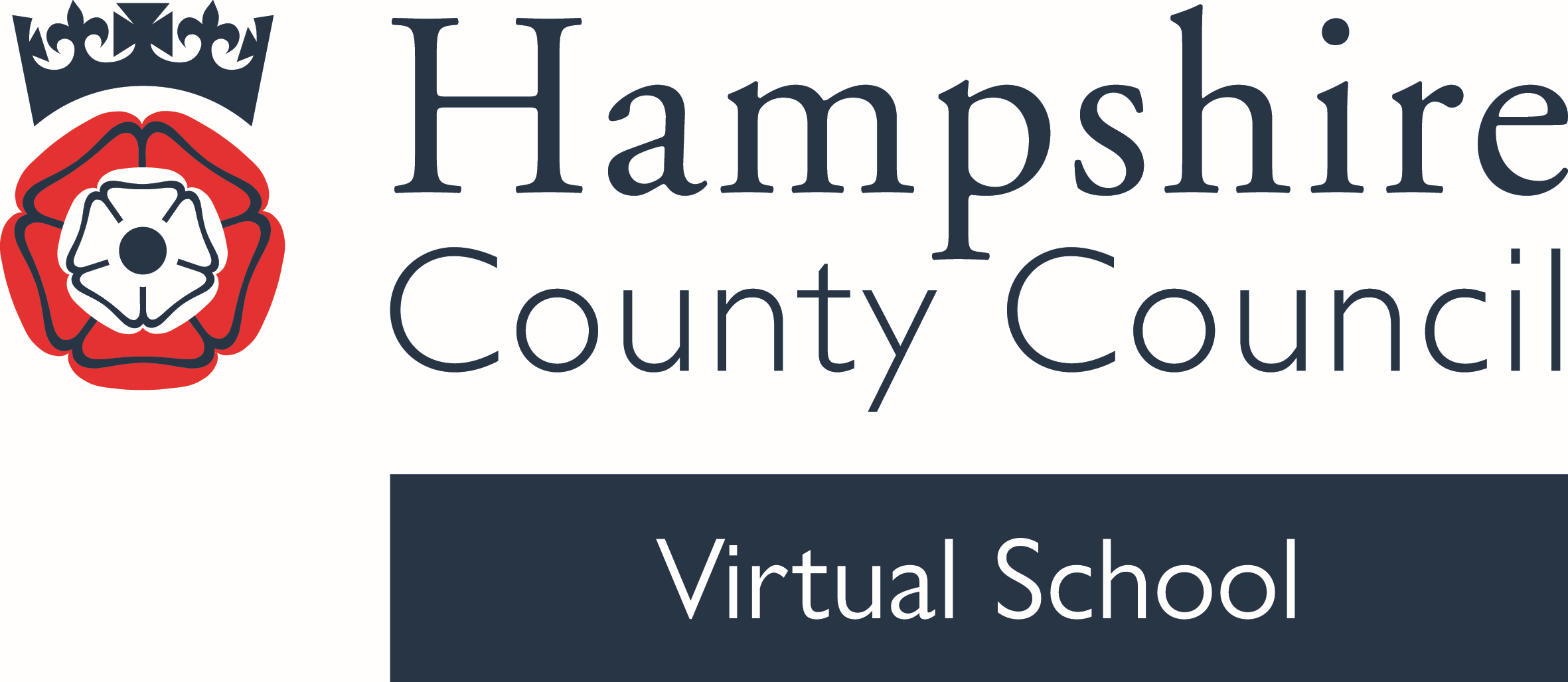Children in Kinship Care
This brief video outlines key information for schools about children in kinship care.
Supporting the Education of Children in Kinship Care
In September 2024, the role of Virtual Schools expanded further to specifically include championing the educational attendance, attainment and progress of children in kinship care.
What is Kinship Care?
Kinship care is when a child lives full-time, or most of the time, with a relative or close family friend, usually because their parents are not able to care for them. You might see kinship carers referred to as ‘family and friends carers’ or ‘connected people’ by local authorities and in some documents.
Types of Kinship Care
- Informal arrangements
- Special Guardianship Orders
- Child Arrangement Order
- Family and Friends Foster Care
- Private Foster Care
If you would like more information about the different types of Kinship Care, please click on the following link. What is kinship care? - Kinship Compass
Previously Looked After Child (PLAC) Status
Children in kinship care can also be a Previously Looked After Child. For a pupil to be a Previously Looked After Child, they will have been in local authority care, and to have immediately moved to a new order of permanency through:
- Adoption
- Special Guardianship Order (SGO)
- Residency Order (RO) ceased 2014
- Child Arrangement Order (CAO)
If a child is previously looked, after they can receive Pupil Premium Plus funding (PP+) and funding can be applied for from the Adoption and Special Guardianship Support Fund (ASGSF). For more information, please go to the PLAC section of our Moodle.
- Raise the visibility of the distinct needs of children in different types of kinship care arrangements and the disadvantages that they can experience
- Promote practice that supports attendance and engagement in education
- Promote practice that improves children in kinship care’s outcomes to narrow the attainment gap
- Provide advice and information, on request, to all kinship carers with Special Guardianship and Child Arrangements Orders
Click here to access important resources, including:
- Virtual School Guide to PEPs, Statutory Duties and More
- Education Support Plans
- The PEP Toolkit
- Strengths and Difficulties Questionnaire (SDQs)
- Reach to Teach App
- Training Offer
- A Relational Approach and Attachment Research Community (ARC)
- Attachment, Trauma, Awareness Settings (ATAS)
- Education Psychologists Consultations
- Attendance, Suspensions and Exclusions
- Admissions
- Governors
